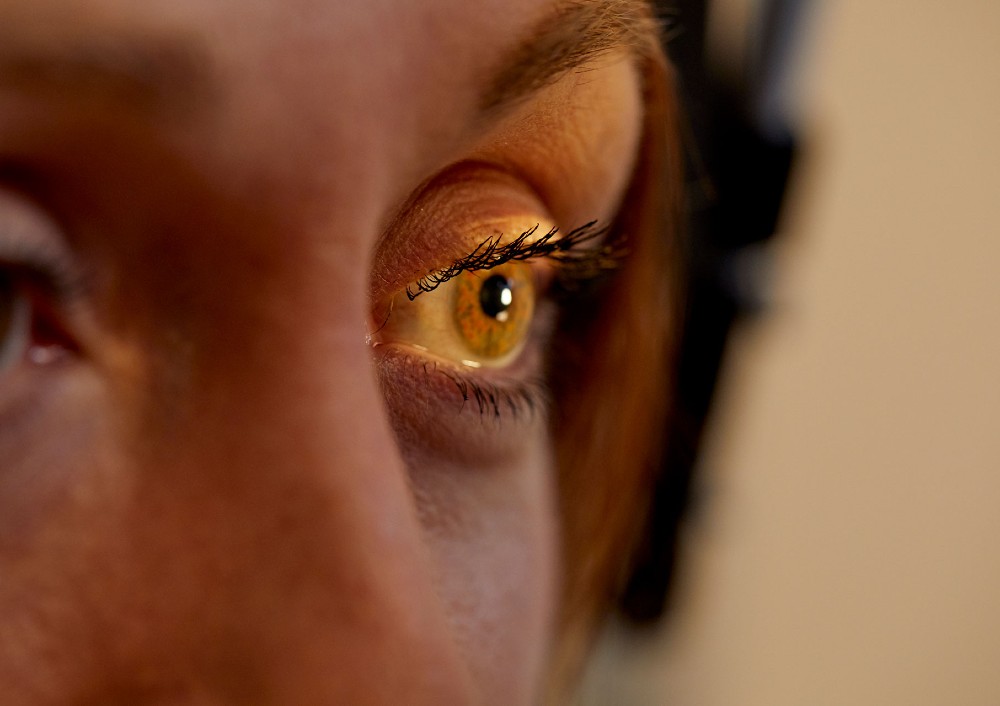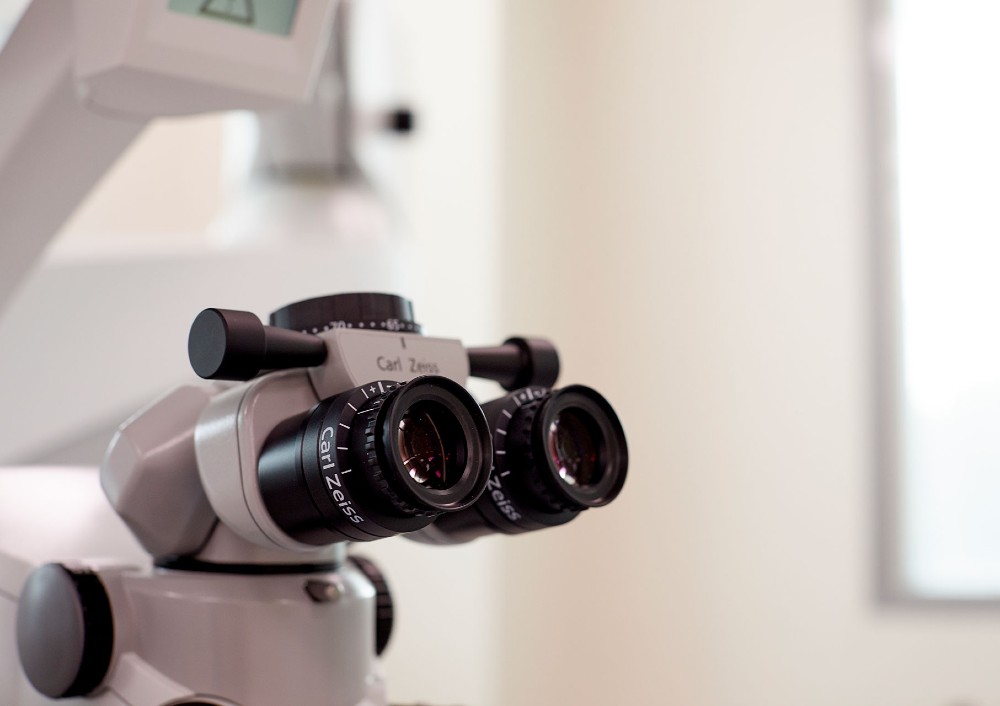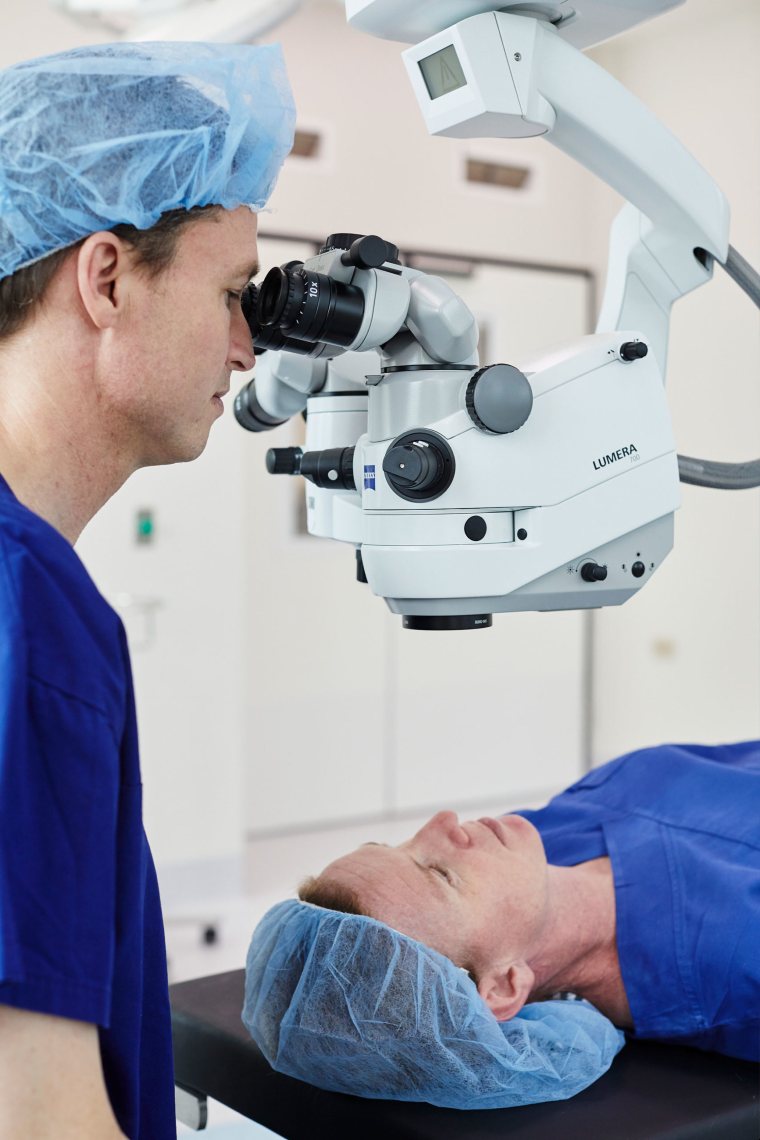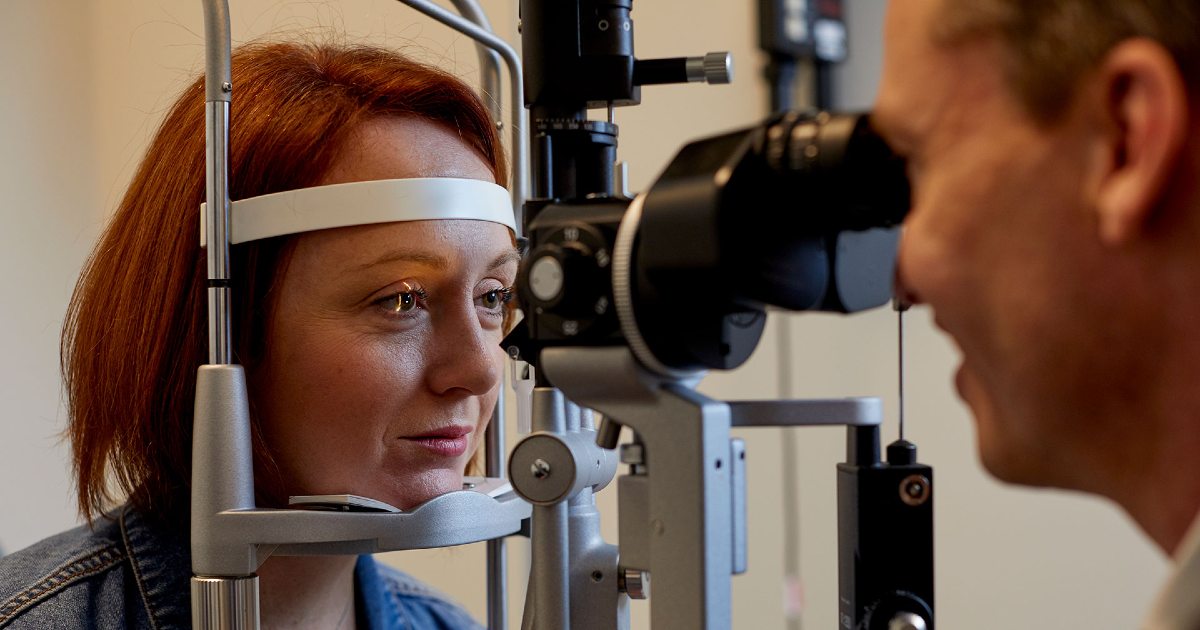Recent advances have resulted in a wide range of IOL choices and more accurate techniques for predicting outcomes. In particular, our ability to predict “power of the eye” (or spherical equivalent) following the procedure has improved, as has our ability to reduce astigmatism. Both of these advances have allowed more certainty in anticipating the requirement for glasses.
Most patients are very happy with the outcome of their Cataract Surgery.
However, it is important that they enter the procedure with realistic expectations, a good understanding of their anticipated requirement for glasses and an understanding of the small risk of an adverse outcome.
Even with the operation proceeding perfectly, the outcome can be influenced if the patient has other eye conditions. The outlook may not be as favourable and it is important that each patient is fully informed and understands this prior to any surgery.
We are dedicated to helping each patient understand the implications of their anticipated refractive outcome (and, hence, their likely glasses requirements), as well as the accuracy limits in achieving it.
From a surgeon’s perspective, critical review is extremely important. We place a high degree of importance on the follow-up of our own surgical outcomes. This allows us to offer patients the most accurate possible estimate of their outcome and make adjustments to future surgery based on patterns identified from systematic review of previous cases.







